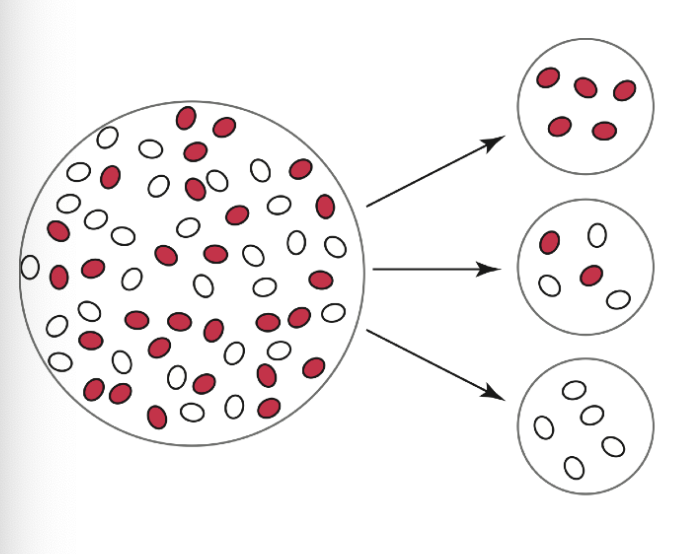Barrett 10: Contemporary Human Diversity
1/10
There's no tags or description
Looks like no tags are added yet.
Name | Mastery | Learn | Test | Matching | Spaced |
|---|
No study sessions yet.
11 Terms
Species vs. Race
Species
Members of the same species can mate and produce viable offspring
All humans (Homo sapiens) belong to the same species
Race
Members of the same species that are “distinctive” in some way
Racial classifications are often arbitrary and non-functional
Race as a taxonomic level
Classification of animals and plants into races has often been ill-defined and idiosyncratic
Often overlaps with ecotype or subspecies
Human racial classifications
In humans, while certain groups may exhibit similarities in traits, there traits are rarely coherent in the same way
Ex: ABO blood group and skin colour both show patterns in geographical distribution, but do not line up at all
Additionally, biological and cultural characteristics are often conflated
Race is not a scientifically useful scheme for categorizing human diversity
Human genetic variation
Relatively low compared to other primates
No large differences between geographic areas
Majority of variation (~85%) is within populations, not between them
Founder effect
Caused by random sampling of large populations that start new smaller populations
Increases power of genetic drift

Genetic bottleneck
Loss in allelic diversity during sharp reductions in population size
Rare alleles most likely to be lost
What is a “population”
Potentially interbreeding group of individuals of the same species that live within a restricted geographic area
Isolation can reduce gene flow, leading to independent evolution and “population structure”
Population structure
With complete isolation, some alleles increase in frequency through random change and “fix”
Different alleles may fix in different populations, leading to divergence
Migration allows gene flow and reduces differentiation
Isolation correlates with distance
Genetic evidence for “Out of Africa”
Human populations structure strongly supports a small number of founders leaving Africa to colonize the whole planet
Geographic distance from Africa shows high negative correlation with measures of population-level genetic diversity
Genetic differences between randomly chosen African individuals are greater than between European and Asian individuals
Genetic differences between African populations are on average greater than between European and Asian individuals
Alleles found outside of Africa are often a subset of the African gene pool
Continent-specific alleles are far more common in Africa than any other continent
However, genetic data suggests multiple migrations out of Africa
All present-day non-African peopl are descended from Homo sapiens ancestors who left Africa within the last few hundred thousand years
HIV resistance and the CCR5 locus
HIV enters white blood cells by binding to the CCR5 protein
Individuals who are homozygous for the d32 allele are (mostly) immune to infection
Example of potential selection in contemporary humans
d32 is already at relatively high frequency in Europeans because it confers some resistance to smallpox and bubonic plaque
Is height being selected for?
Possibly, increased reproductive success in men
But most of the height increases in the last century are likely down to better health and nutrition